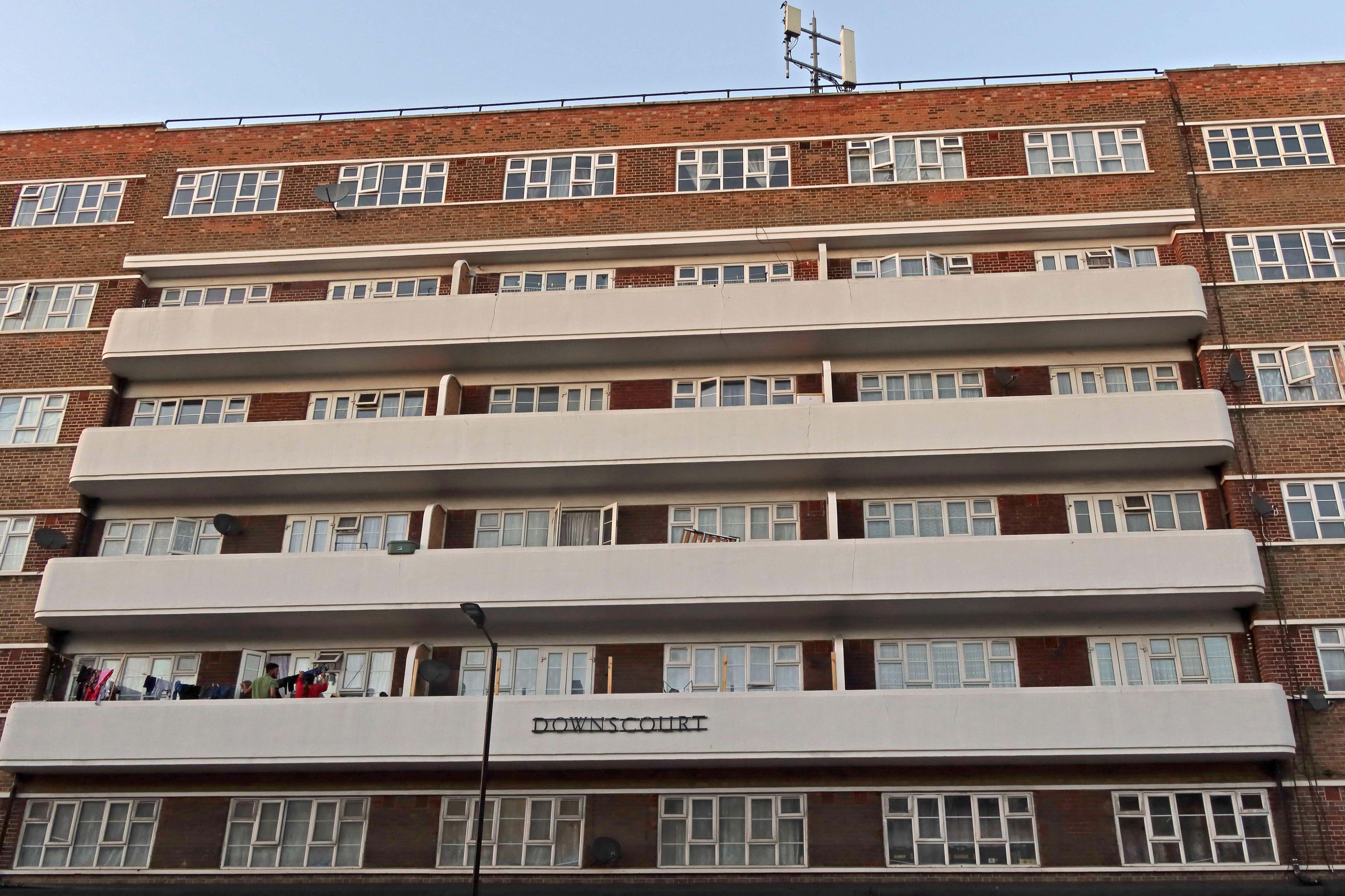Minority of households in flats have access to a car or van
Analysis shows 49% of households across England and Wales living in flats fell into this category in 2021.

Your support helps us to tell the story
From reproductive rights to climate change to Big Tech, The Independent is on the ground when the story is developing. Whether it's investigating the financials of Elon Musk's pro-Trump PAC or producing our latest documentary, 'The A Word', which shines a light on the American women fighting for reproductive rights, we know how important it is to parse out the facts from the messaging.
At such a critical moment in US history, we need reporters on the ground. Your donation allows us to keep sending journalists to speak to both sides of the story.
The Independent is trusted by Americans across the entire political spectrum. And unlike many other quality news outlets, we choose not to lock Americans out of our reporting and analysis with paywalls. We believe quality journalism should be available to everyone, paid for by those who can afford it.
Your support makes all the difference.Fewer than half of households in flats have access to a car or van, figures show.
Just 49% of households across England and Wales living in flats fell into this category at the time of the 2021 census, analysis by the PA news agency found.
That is compared with 92% in detached houses, 84% in semi-detached homes and 78% in terraced housing.
The average for all households is 77%.
Motoring research charity the RAC Foundation urged policymakers to “remember the mobility needs of flat dwellers”.
People living in flats are less likely to have off-street parking, reducing the attractiveness of car or van ownership.
The six local authority areas with the lowest proportion of households living in flats who had car or van access were in London, which has extensive public transport options.
They ranged from City of London (22%) to Camden (31%).
But several locations with limited transport links had similar figures, such as Barrow-in-Furness, Cumbria (32%); Knowsley, Merseyside (35%); and North East Lincolnshire (36%).
At the other end of the scale, Hart – an affluent and largely rural part of Hampshire – has the highest proportion of households living in flats with access to a car or van, at 77%.
This was followed by Wokingham, Berkshire (76%); Elmbridge, Surrey (75%); and Surrey Heath, Surrey (74%) – which are also prosperous areas.
Hart is the local authority area with the highest proportion of car or van access for households across all types of homes, at 92%.
Just 17% of deprived households in flats in England and Wales have access to a car or van.
Households are classed as deprived if they meet criteria such as someone being unemployed, in bad health or disabled.
The analysis also revealed that only 48% of households renting their home from a local authority have access to a car or van.
That is well below the proportion of those who own their home with a mortgage or through shared ownership (93%), those that own their home outright (83%), and private renters (64%).
Steve Gooding, director of the RAC Foundation, said: “We think of flats being in built-up areas where car ownership is not always necessary to get to work, the shops and the other services we all rely on because there are decent public transport options, but this analysis suggests we must remember the mobility needs of flat dwellers in places where practical alternatives to car travel are in short supply.
“We need to ask what this data means for the transition to battery-powered cars.
“With one in two households who live in flats having a car or van, will they struggle to go green because they can’t easily charge an electric vehicle at home?”